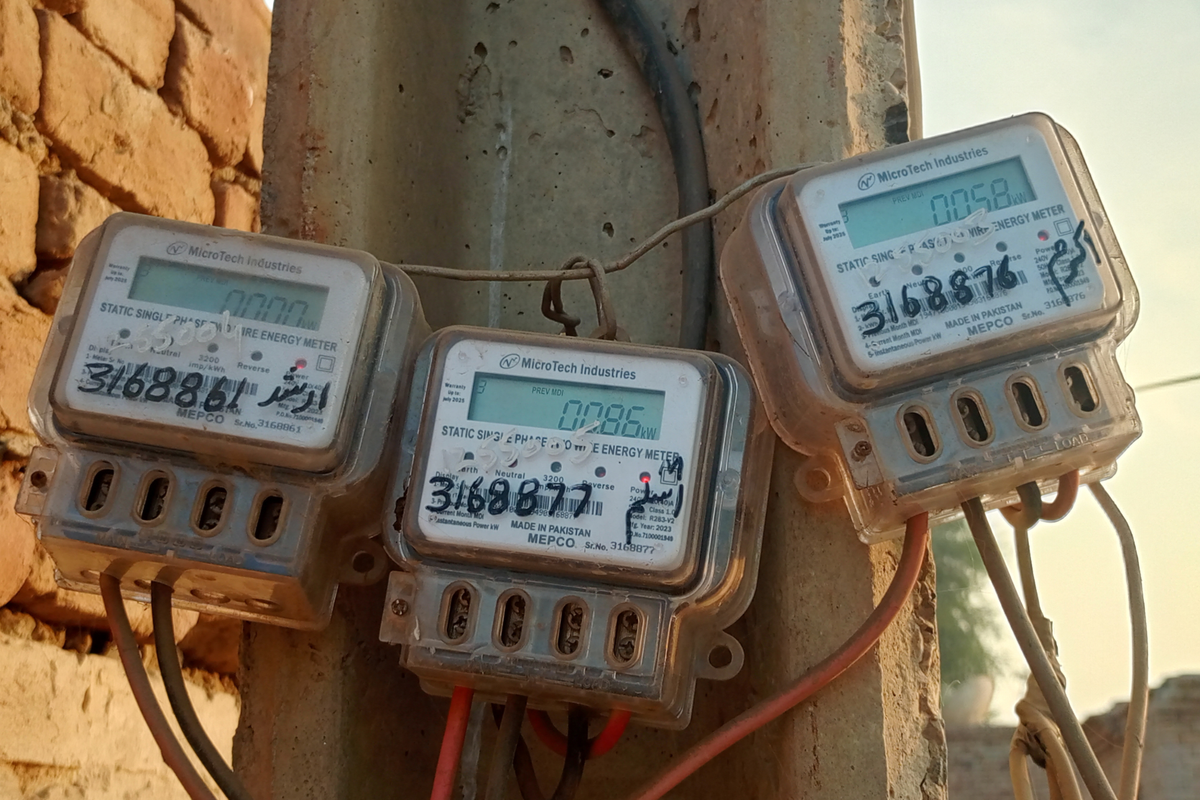Rao Aamir

Pakistan generates 4,620 megawatts through imported coal
Move will save foreign exchange and lower costs, officials say
It would take around three years to finish plant conversion
Amid soaring electricity bills and a circular debt that keeps increasing, Pakistan requested China to convert its power plants in the country to local coal from imported coal in July.
The move will have two key benefits, according to officials' statements on different occasions. One, it will help save foreign exchange — an important benefit considering how Pakistan was at risk of defaulting last year after reserves fell to $3.1 billion.
Moreover, the cost of electricity generated through local coal would be lower than that of imported coal, so consumers would see their bills decline.
But what would the actual benefit to consumers be? Let's look at Nukta's calculations.
Pakistan's installed capacity for generating electricity through imported coal is 4,620 megawatts (MW) and that for local coal is 2,640MW.
According to estimates, the country consumed around two million tons of imported coal for electricity generation in fiscal year 2023-24, down from 4.2 million tons in FY23. The cost of coal imports for power generation was around $210 million in FY24 compared to $865 million in FY23. This lower cost was because of decreased utilization of imported coal-based plants in the previous fiscal year due to low foreign exchange reserves.
Converting the power plants to local coal is expected to reduce the import bill by $1.4 billion. This estimate assumes that the plants will generate 32,377 gigawatts per hour (GwH) at an 80% plant factor, with coal priced at $114 per ton. (Plant factor means the maximum capacity of a plant that can be utilized to generate power.)
Latest figures from the National Electric Power Regulatory Authority (NEPRA) show the average cost of power generation is PKR 16.2 per kilowatt-hour (KwH) — per unit for the common person — using imported coal and PKR 11.3 per KwH using local coal.
Generating 32,377 GwH with local coal instead of imported coal would reduce the total cost of power generation by PKR 158 billion from PKR 525 billion to PKR 367 billion. By converting imported coal power plants to local coal, the average cost of electricity generation will decrease by PKR 1.49 per KwH.
Pakistan's Ministry of Energy has indicated that it will take two to three years to complete the conversion of imported coal-based plants to local coal. However, the conversion is estimated to lead to a reduction of PKR 1.49 per unit in consumers' electricity bills, according to Nukta's calculations.
Despite a difference of nearly PKR 5 per unit in the cost of electricity generated through imported coal and local coal, the reduction for consumers will only be PKR 1.49. This is because the tariff for consumers is determined by the overall cost of electricity generated throughout the country from all sources.







Comments
See what people are discussing